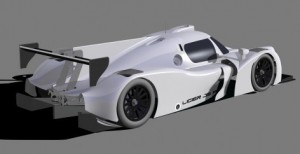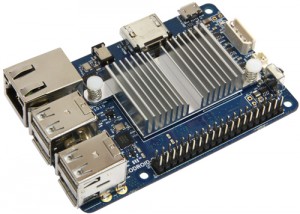The UK’s latest multi-million pound space facilities, for flexi-satellites, were officially opened last month with the signing of a first €180m contract.
The new European Centre for Space Applications and Telecommunications (ECSAT) is a joint initiative between the UK government and the European Space Agency (ESA).
RAL Space’s R100 building is a major expansion of their test facilities; including two new 5m diameter Space Test Chambers along with a vibration facility, clean rooms and AIV (Assembly, Integration and Verification) control room.
These enhanced facilities will be used for important future projects including ESA’s Sentinel 4 mission as part of Europe’s Copernicus programme and solar and heliospheric physics with the Solar Orbiter mission. Phase Two of the development is currently expected to be completed by June 2017.
The opening of the centres and the partnership between Airbus Defence and Space, ESA and Eutelsat will result in advanced telecommunications satellites being built in the UK.
Called the Quantum Programme, a new geostationary communications satellite will be manufactured by Airbus Defence and Space (ADS) in the UK using payload technology and a new platform from Surrey Satellite Technology (SSTL).
Speaking at the event, Minister for Universities and Science Jo Johnson said:
“Putting cutting-edge knowledge and innovation and world-class space testing facilities right on the doorstep, the opening of the European Space Agency and R100 facilities at Harwell today are a major boost to the UK’s space sector.
“Our investment in collaborative space science means the UK has the know-how and technical expertise to provide exciting and innovative space solutions that will drive growth and create jobs.”
ECSAT, which is now ESA’s main UK facility, has been created following the UK government’s decision in 2008 to increase its contribution to ESA.
One facility will host more than 120 jobs including teams in telecommunications and integrated applications.
The centre will be involved in the development of new satellite, ground infrastructure and product developments through original schemes of public–private partnerships with global operators.
The building will also house the Earth Observation Climate Office, Science and Exploration teams and Technology and Quality Management teams supporting ESA research and development programmes in the UK, focusing on ‘game-changing’ technologies and capabilities.
The first Quantum satellite – planned for launch in 2018 – will be primed and manufactured by Airbus Defence and Space (UK) and use a new platform by Surrey Satellite Technology (UK).
The aim is that satellites developed as part of the Quantum programme will be lower cost compared to current methods by using generic sub-systems and equipment. Quantum will also be able to completely transform while in-orbit.
“This will make it the first generation of universal satellites able to serve any region of the world and adjust to new business without the user needing to procure and launch an entirely new satellite,” said the UK Space Agency.
This programme is supported by strategic investment from the UK Space Agency through the European Space Agency’s advanced telecommunications R&D programme.






